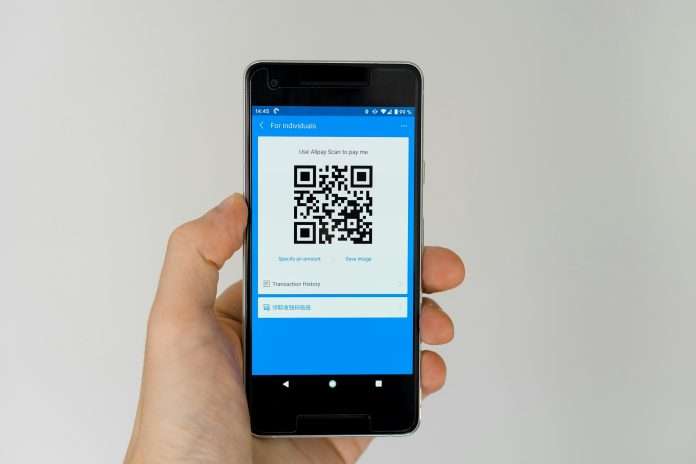Integrating barcodes into your workflows can significantly enhance your business operations. However, when it comes to selecting the right type of barcode, the choice between one-dimensional (1D) and two-dimensional (2D) barcodes can be crucial. Scanbot SDK delves into the advantages and disadvantages of each and determines the optimal choice for various industries.
Introduced in the 1970s, one-dimensional barcodes have become ubiquitous in various industries. With their relatively simple structure, consisting of bars of varying widths representing characters, 1D barcodes are versatile and easy to generate.
They are supported by numerous software systems and are suitable for encoding short strings of numbers or characters. However, advancements in technology have revealed certain limitations of traditional 1D symbologies.
They lack error detection and correction capabilities, leading to failed scans in case of errors. Additionally, their design, primarily catering to human readability, poses challenges for machine detection, particularly in automated scenarios.
Moreover, 1D barcodes have limited data density, making them impractical for encoding longer sequences.
In contrast, two-dimensional barcodes, introduced in the 1990s, offer enhanced capabilities over their 1D counterparts. Featuring various patterns aiding machine scanning, 2D barcodes exhibit higher error tolerance and can be reliably scanned even in adverse conditions.
Their robust data structure, coupled with error detection and correction algorithms, ensures accurate data capture. Furthermore, 2D barcodes boast higher data density, enabling the encoding of diverse data types, from URLs to structured information.
However, while 2D barcodes excel in many aspects, compatibility issues with traditional laser scanners and limited software support pose challenges.
Unlike 1D barcodes, which enjoy widespread adoption, 2D barcodes require digital cameras for scanning, limiting their applicability in certain environments. Additionally, businesses relying on legacy software may encounter obstacles in implementing 2D barcode solutions.
Choosing the right barcode for your workflow:
Selecting between 1D and 2D barcodes hinges on factors such as scanning environment, software compatibility, and data requirements. While 1D barcodes suffice for specific scenarios, 2D barcodes offer superior performance and versatility in modern business operations.
With their enhanced error tolerance, higher data density, and machine-readable design, 2D barcodes emerge as the preferred choice for many applications.
In conclusion, understanding the distinctive features and applications of 1D and 2D barcodes is essential for optimising business workflows and ensuring efficient data capture.
Read the full blog from Scanbot SDK here.
Keep up with all the latest FinTech news here
Copyright © 2024 FinTech Global











